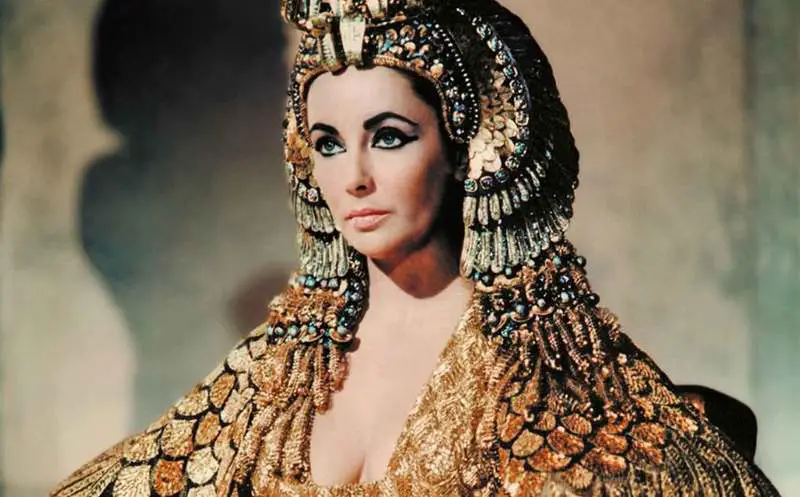According to Politico’s research, over half of the women at the university level believe that they would never qualify for political office.
But Women are just as likely to win when they run for office just like men.
However, women in politics are under-represented, as they often decide not to run.
But this was not always the case since the inception of human civilizations as women ruled some of the most powerful empires effectively.
If you are an aspiring woman looking for some inspiration, here are the top 10 most powerful women ever:
10. Zenobia
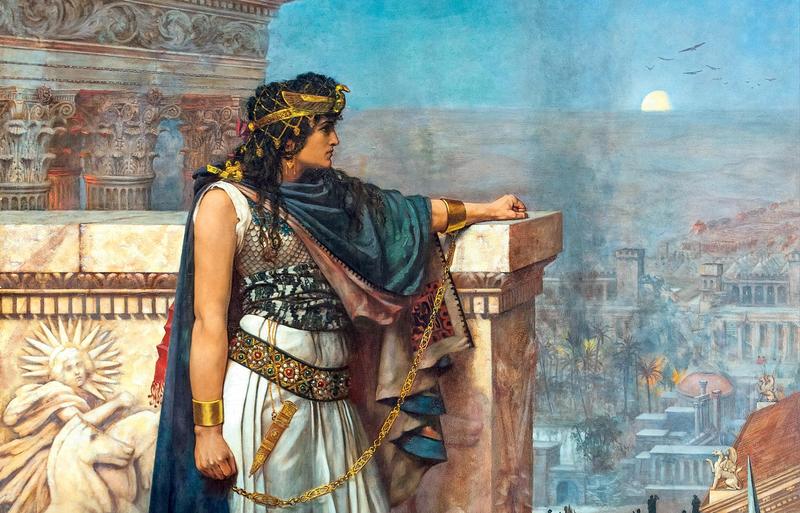
Septimia Zenobia was a queen of the Palmyrene Empire, Syria, from 267 to 272 A.D. She was an accomplished ruler who aided brilliant actions in court and ruled with multilingual and ethnic subjects with justice and fortitude. Queen Zenobia had witnessed a bleakness in power after her husband’s death and the fragmentation of the Roman Power in the East. To assure balance in ancient Syria, she had established a Palmyrene Empire that included many of the Roman Near East from Anatolia to Egypt. Queen Zenobia had been nicknamed as a ‘warrior queen.’
She controlled a domain that consisted of distinct individuals, languages, and creed and cleverly showed a Syrian ruler, Hellenistic queen, and Roman empress.
9. Indira Gandhi
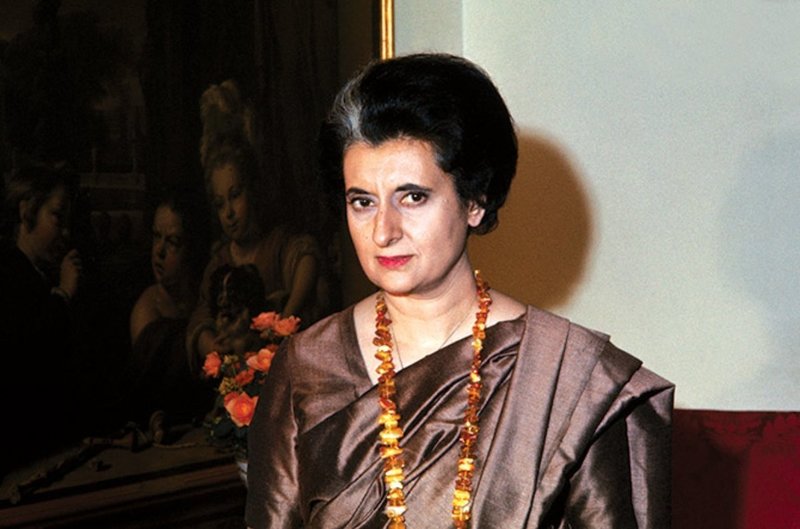
Indira Priyadarshini Gandhi, daughter of Jawaharlal Nehru (1st Prime Minister of India), was the Prime Minister of India from 1966 to 1977 and returned to power in the year 1980 until she was murdered in 1984, stating her as the 2nd prolonged acting Prime Minister of India. She was known for her political stubbornness and exceptional centralization of power.
Gandhi had gone to battle against Pakistan for backing the war of Independence in East Pakistan.
This resulted in a decisive Indian victory and the country’s creation, Bangladesh, showing India’s growing power in South Asia.
Gandhi is often called the “Woman of the Millennium” in 1999 and is listed in the Times magazine for World’s 100 powerful women in the past century.
8. Margaret Thatcher

Margaret Thatcher was a British legislator who has been the Prime Minister of the United Kingdom from 1979 to 1990 and was also the Conservative Party’s chief from 1975 to 1990. Margaret Thatcher was the first woman to have a seat at that office. She became the most extensive acting British Prime Minister during the 20th century. She is also termed as the “Iron Lady” as she is known for her determined politics and leading approach. Her so-called policies were called “Thatcherism.”
In her Prime ministerial tenure, she brought in a list of economic policies planned to counter significant unemployment and Britain’s problems in the wake of the Winter of Discontent and a continuing recession.
7. Cleopatra
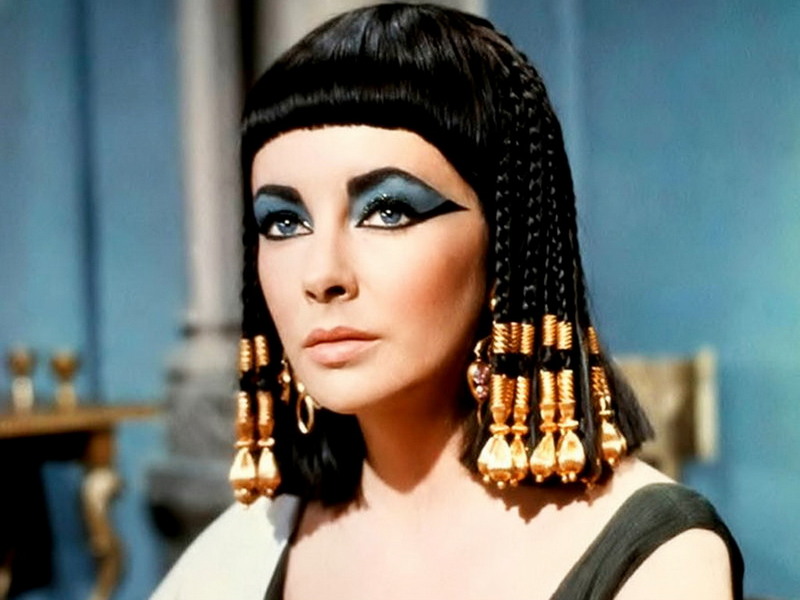
Cleopatra was one of the absolute monarchs, namely, Ptolemies, who controlled Egypt for almost 300 years. She was the final true pharaoh of Egypt. Cleopatra is known to rule an empire consisting of Egypt, Cyprus, and parts of Libya and some other areas of the Middle East. Cleopatra ruled for around 21 years. She wished for Egypt to be free and not as a part of Rome. Cleopatra framed the Egyptian economy, creating trade with multiple Arab Nations. She is also termed as the “Queen of the Nile.”
6. Theodora
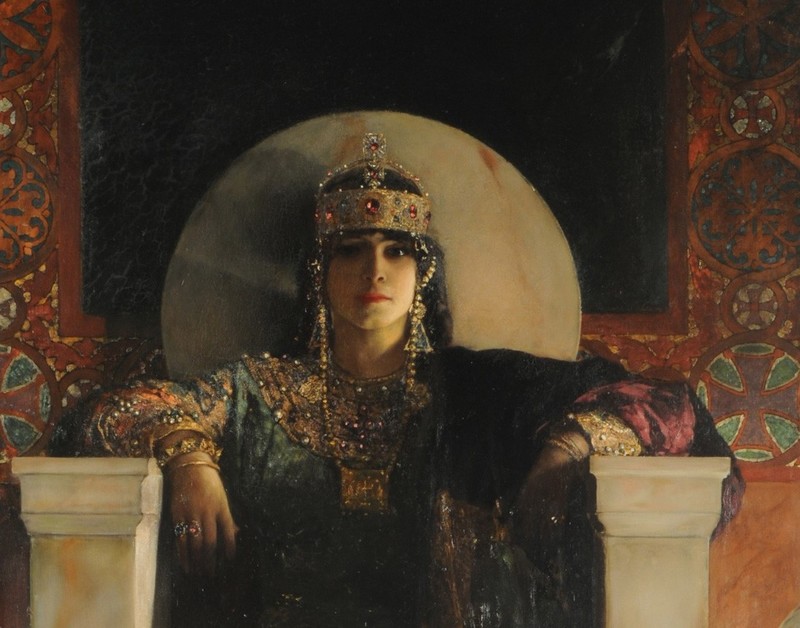
Theodora, Queen of the Byzantine Empire, and married to king Justinian I may be termed as one of the most dominant women in the Byzantine empire records. She had become Justinian’s most credible guide due to her level of sense and understanding. Queen Theodora made her use the power to advance sacred and political policies that were advantageous to her. She is the earliest empress or ruler who identified women’s rights and adopted strict laws for stopping the human trafficking of small girls and adjusting the divorce laws to provide better advantages to women.
5. Hatshepsut
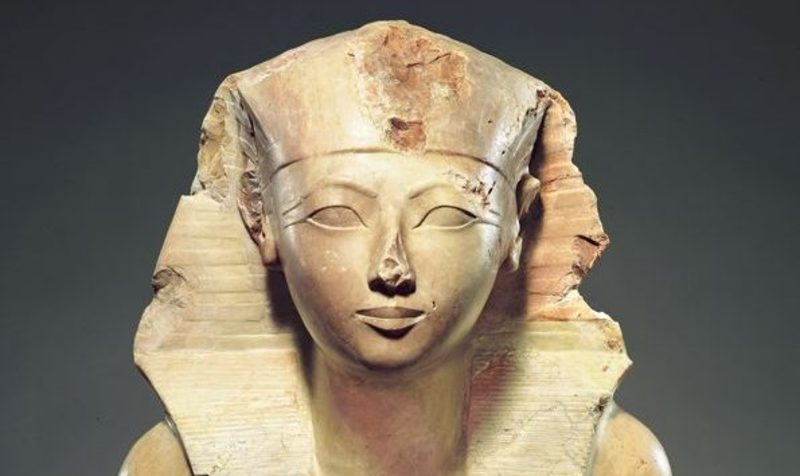
Hatshepsut was a ruler of Egypt who had a reign over Egypt for over 20 years. She was married to Thutmose II and acted as his queen until he died. Hatshepsut took over the appearance of being the pharaoh. She had continued the heritage of past pharaohs by establishing monuments like the Temple of Karnak. She even brought back the standard Precinct of Mut, a great historical Goddess of Egypt, in Karnak, which had been destroyed by the outside emperors at the time of the Hyksos occupation.
4. Wu Zetian

Wu Zetian was an empress of China in the time of the rule of the Tang Dynasty. She ruled continually for a long time, but the final 15 years were led by her in her self-name amidst 691-705. In her ruling period, the Tang dynasty was made firm, and the domain was united. At the time of her rule, she extended China’s boundaries by dominating brand new areas or regions in Korea and Central Asia. She even aided in bettering the farmers’ lives by decreasing the amount of taxes and developing new public jobs and developing new farming approaches.
3. Elizabeth I of England
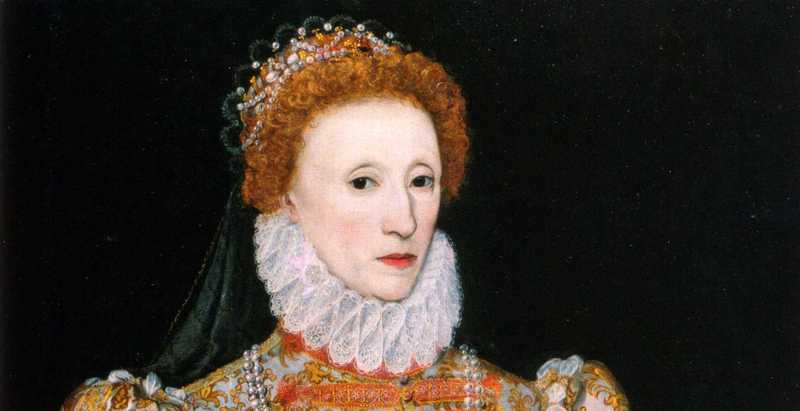
Elizabeth I, past Queen of England and Ireland during the time of 1558 to 1603. She maintained balance in a country charged with political and moral controversies and managed the Crown’s authority from the continually increasing burdens of the Parliaments. At the time of her rule as QueenQueen, she created Protestantism in England and beat the Spanish Armadas in 1588. She kept unity and accord in the past detached nation and even created an atmosphere where the arts prospered. She has been termed as the “Virgin Queen” because she never got married.
2. Catherine the Great
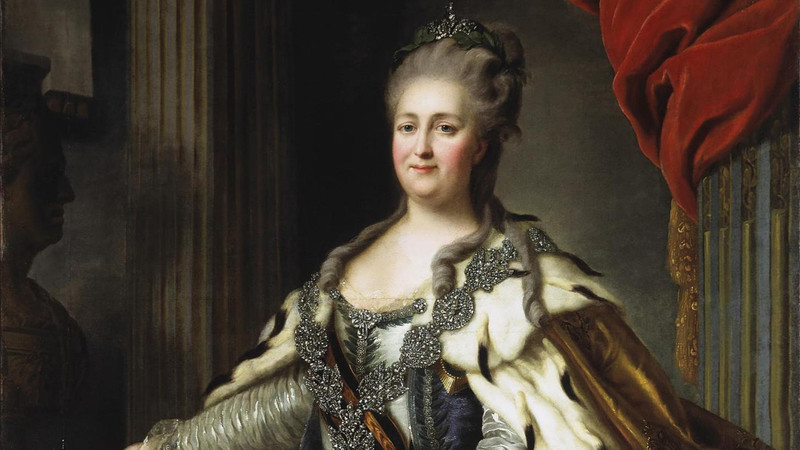
More prominently known as Catherine the Great, Catherine II was a German queen of Russia in the timespan of 1762 to 1796.
Catherine had taken her nation into total involvement in Europe’s political and artistic approach, continuing the work started by Peter the Great. With the aid of her ministers, she reconstructed the law and authority of the Empire of Russia. Also, Catherine expanded her Russian boundaries, including Crimea and a large part of Poland. She did not only look into the social issues during that period; instead, she also established the example of women in strong places. She ruled during a time of corruption, crime, political reforms, and area extension.
1. Queen Victoria
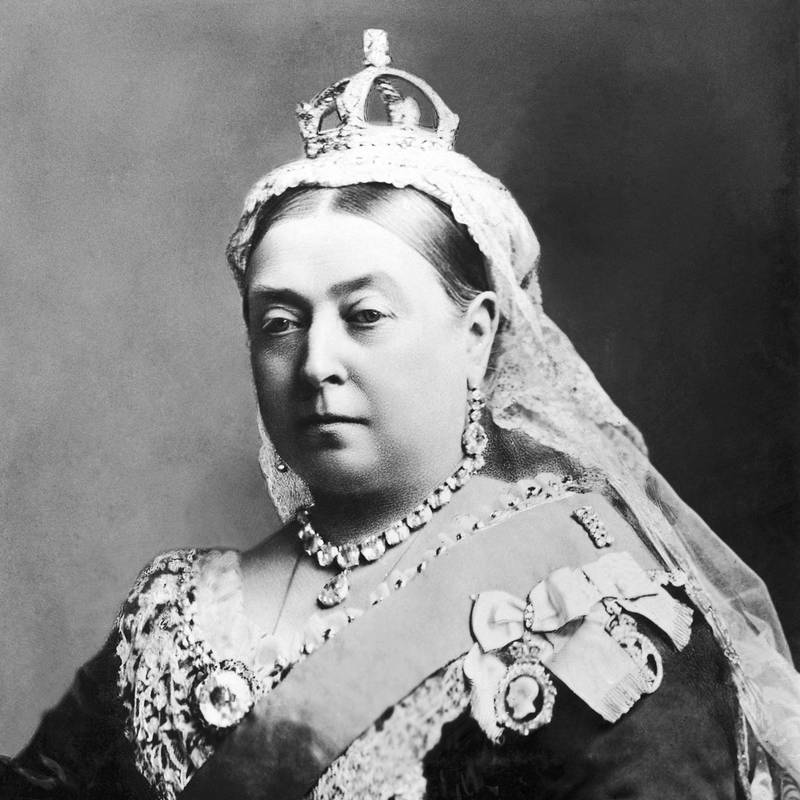
Queen Victoria, past Queen of the United Kingdom of Great Britain and Ireland, ruled for around 63 years and 7 months, is longer than any of her past rulers. This whole rule time is known as the Victorian era, filled with industrial, political, scientific, and military alterations and adjustments in the United Kingdom and termed as the British Empire’s colossal extension. She became the Empress of India for combining the ruling and the Empire closer. She took this entitlement for the guidance of Benjamin Disraeli, whose advice she trusted. By using his absolute policies, she made Britain the strongest country in the globe. She has ruled over one of the strongest empires for almost a century.

